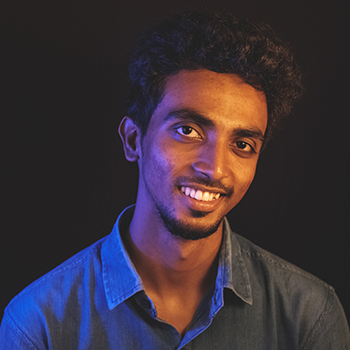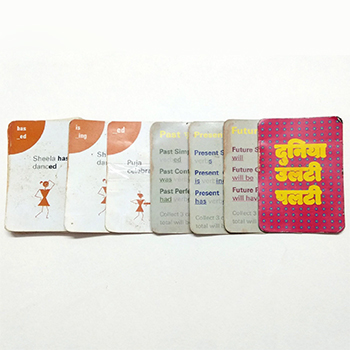Ansari Salik is a multi-disciplinary designer with a focus on user experience design, game design, and gamification. Currently working as an Assistant Professor at Atlas Skilltech University in ISDI, with a special focus on designing and conducting courses on game design and gamification. He received his M.Des in Visual Communication Design from IDC (IIT Bombay) in 2017. Prior to that, he earned his Bachelor of Fine Arts in Visual Art from the Sir J. Jackson School of Art. His previous work experiences are: Artist in Residence at Stiftung Futur (2014), Designer at Omnikart Engineering Private Limited (Omnikart.com) (2014–2015), Summer Internship at the Tata Institute of Social Sciences (2016), Tata Fellow at the Tata Centre for Technology and Design, IIT Bombay (2015–2017), Designer at Fabrica (2019), Visiting Faculty at ISDI Mumbai (2021–2022), and Consultant Lead Designer (remote) at new3plus.com, Inc. (2020–2022).





